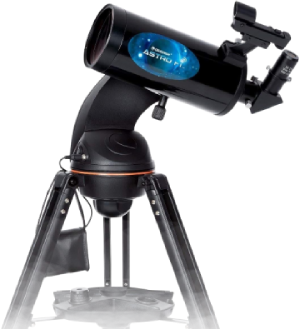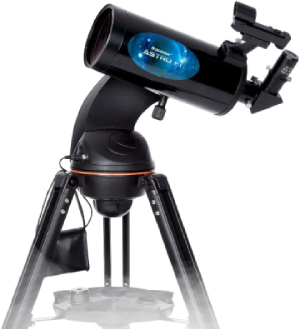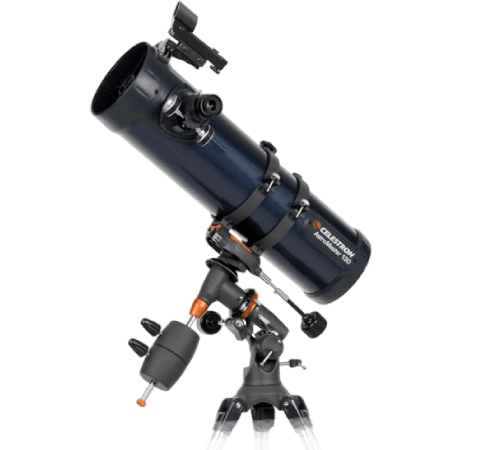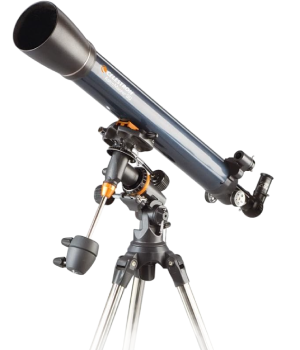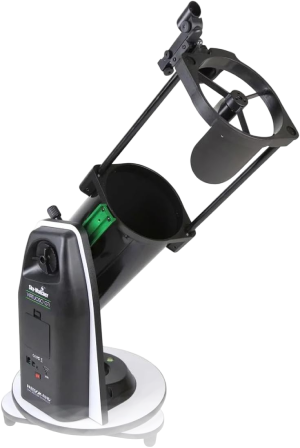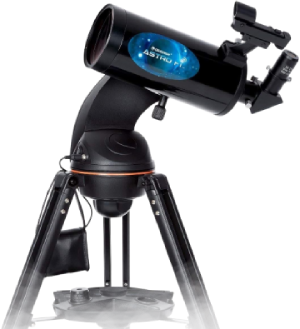For beginners and intermediate stargazers alike, choosing the right telescope can make or break your astronomical journey. The Celestron Astro Fi 102 and Astro Fi 130mm are two popular smart telescopes that offer excellent portability, user-friendly app control, and clear views of celestial objects. Whether you’re hoping to observe Saturn’s rings, Jupiter’s moons, or craters on the Moon, these models open a gateway to the cosmos with Wi-Fi-enabled convenience.
Explore the Cosmos with Smart Precision
Objective Lens Diameter : 102 Millimeters
Power Source : Adapter
Optical Tube Length : 381 Millimeters
Control your telescope via integrated WiFi using the free Celestron Sky Portal app for iPhone, iPad, and Android devicesSee On Amazon
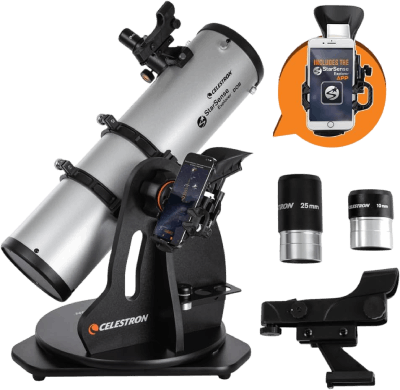
But which one suits your needs better — the Maksutov-Cassegrain 102mm or the Newtonian Reflector 130mm? In this guide, we’ll compare features, explain key specs, and help you decide based on your stargazing goals, budget, and experience level.
Product Features & Comparison
🔹 Optics & Aperture
- Astro Fi 102: 102mm aperture, Maksutov-Cassegrain design. Delivers high-contrast views with longer focal length — ideal for lunar and planetary detail.
- Astro Fi 130mm: 130mm aperture, Newtonian reflector. Gathers more light, giving brighter, wider views — perfect for deep-sky viewing like nebulae and galaxies.
🔹 Mount & Tracking
Both models come with a motorized single-fork mount and SkyAlign technology, allowing easy alignment and automatic object tracking using the Celestron SkyPortal app. No hand controller needed — just Wi-Fi and a smartphone.🔹 Portability
- The 102mm Maksutov-Cassegrain is more compact and lightweight, ideal for travel or limited storage space.
- The 130mm Newtonian is larger and slightly bulkier but provides a wider field of view for group observations or backyard setups.
🔹 Budget Considerations
- Astro Fi 102: Generally priced lower, offering great value for detailed planetary views.
- Astro Fi 130mm: Slightly more expensive, but worth it for those focused on deep-sky objects.
How to Choose Based on Your Needs
| Needs | Recommendation |
|---|---|
| Compact design | Celestron Astro Fi 102 |
| Planet and Moon observation | Astro Fi 102 |
| Deep-sky object visibility | Astro Fi 130mm |
| Budget-conscious beginners | Astro Fi 102 |
| Bright image & wide views | Astro Fi 130mm |
| Easy setup for travel | Astro Fi 102 |
